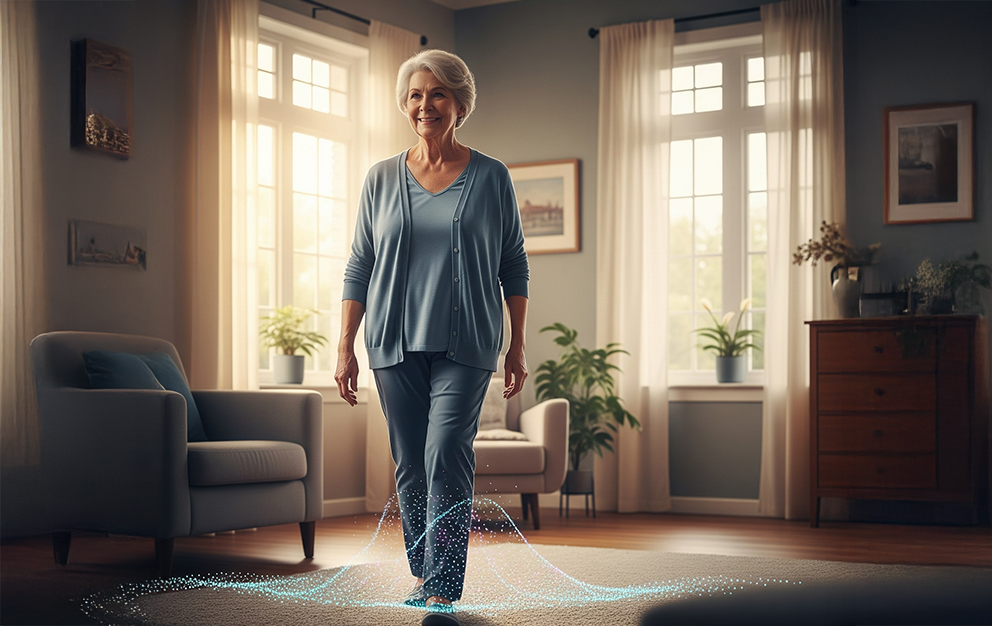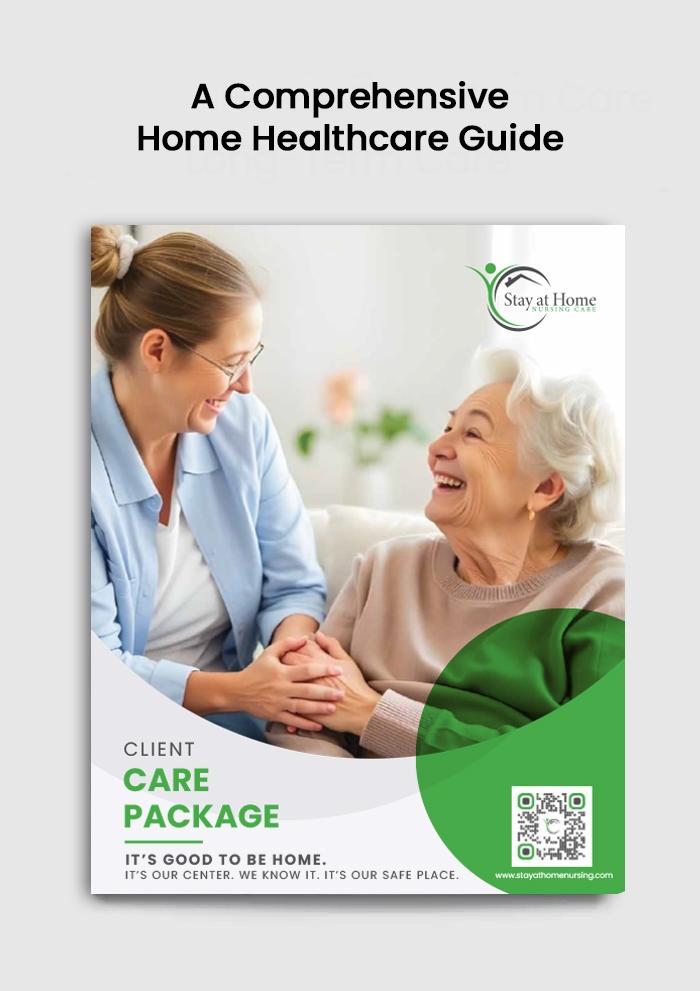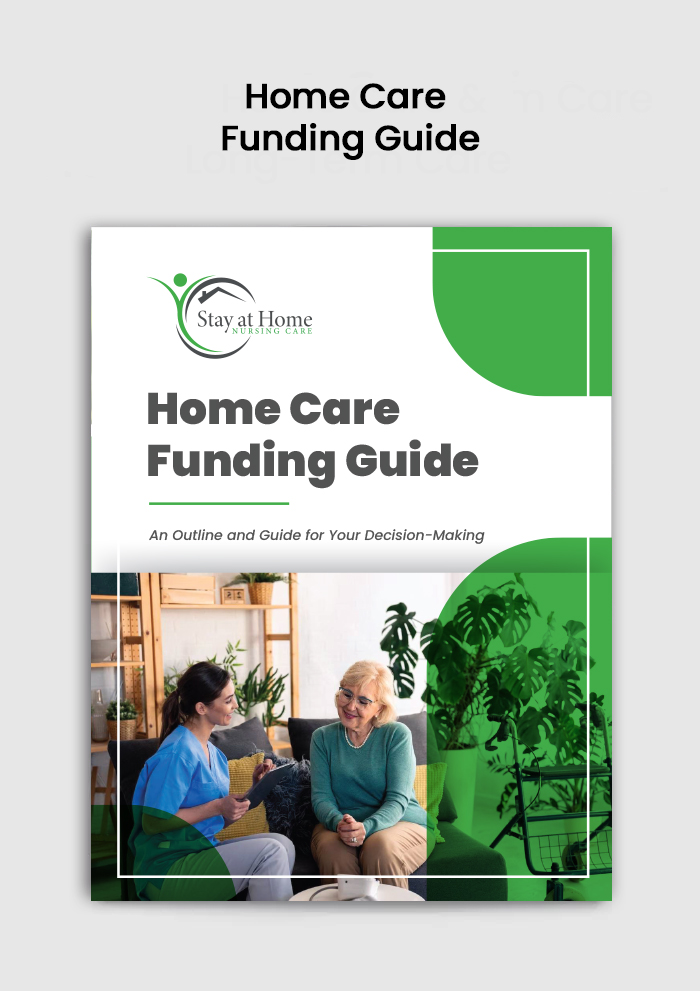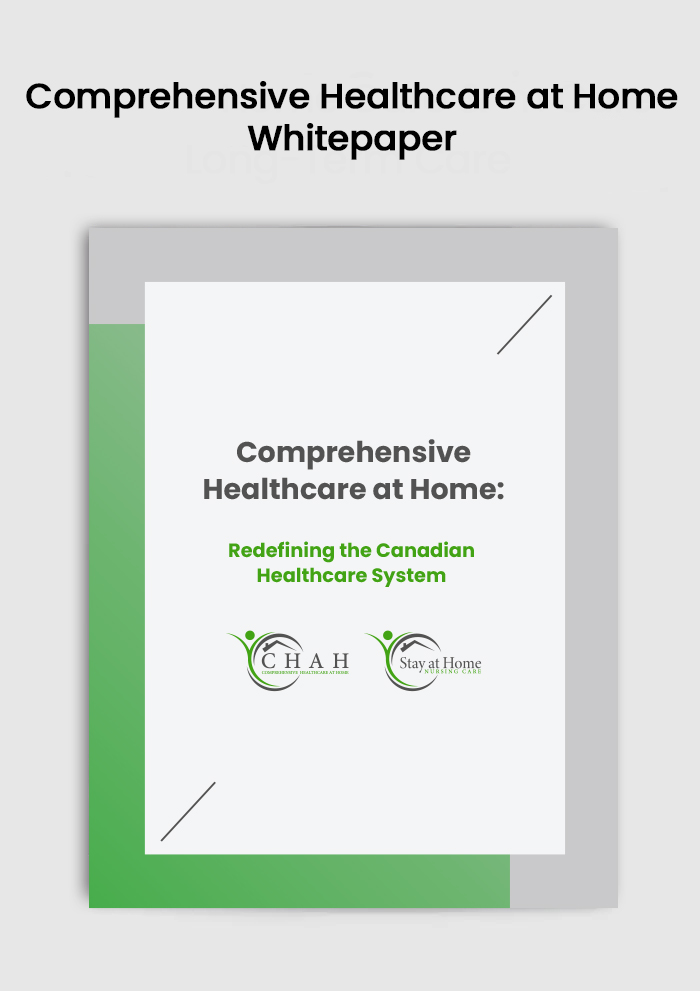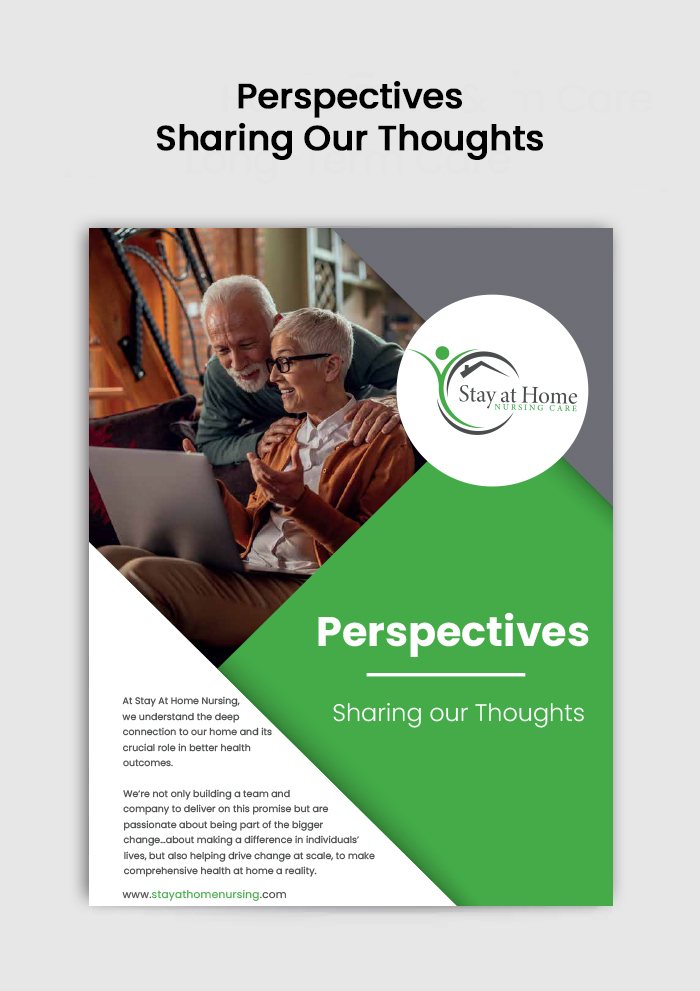For too long, Canada’s healthcare system has functioned like a very expensive ambulance parked at the bottom of a cliff. We wait until people fall—literally or figuratively—before we respond. This reactive model is costing us billions, and more importantly, it’s costing lives.
At CHAH, we believe it’s time to put a guard rail at the top of that cliff. To stop waiting for a crisis before we intervene. And one of the most powerful ways to do that might be how we move— and through the analysis of something as simple and profound as gait.
From Reactive to Predictive: A System in Need of Evolution
Our healthcare system is collapsing under the weight of an aging population and increasing chronic illness. The strain on hospitals, emergency rooms, and long-term care is growing faster than we can build new infrastructure. Traditional interventions focus on reacting to adverse events—like a fall, a stroke, or a hospitalization—and trying to recover afterward.
But imagine if we could detect risk before those events occur? Imagine knowing that someone was about to fall before it happened. That their medication might be impacting their stability. That their cognition might be declining. That stress, agitation, or early signs of infection were building days or even weeks before they became critical.
This is the promise of predictive care. And gait analysis is proving to be a window into that future.
Gait as a Biomarker: More Than Just Walking
Historically, gait has been used to detect Parkinson’s disease, post-stroke recovery, and fall risk. But recent research is revealing much deeper potential.
Studies by Dr. Babak Taati, Dr. Andrea Iaboni, and their team at UHN KITE have demonstrated that ambient video monitoring can be used to continuously track mobility in people with dementia—without wearables, without intrusion, and with remarkable insight. In one model, their system could correctly identify individuals at high risk of falling within the next month with approximately 3 out of 4 cases being accurately flagged in advance¹.
But it goes beyond falls. These same gait patterns have been shown to correlate with:
- Medication-related side effects
- Early cognitive decline
- Signs of agitation or behavioral health deterioration²
- Risk of hospitalization³
In one study, declines in gait speed and step length were visible weeks before an emergency room visit. Another showed that changes in walking variability reflected growing psychological distress. Even subtle shifts—like slower turns, shortened stride, or wider steps—can be powerful signals.
Gait is not just a way to measure movement. It is a vital sign. It is a living indicator of physical, cognitive, and emotional health.
From Detection to Prevention: The Role of CHAH AI Care
At CHAH, we are building the infrastructure to bring these insights into real homes, in real time. Our CHAH AI Care platform offers:
- Real-time detection of adverse events: Falls, wandering, or sudden instability.
- Continuous monitoring through ambient, privacy-protected video and sensor data.
- Predictive alerts that identify risks—of falls, infections, pressure injuries, or cognitive deterioration—before they become serious.
- Human oversight: A team of clinicians ready to intervene, guide, and support clients and families with the right response, at the right time.
What makes this different? It’s not just about knowing something happened. It’s about knowing what might happen—and acting early.
Scaling for Impact: From Dozens to Thousands
Most of the academic research to date has been done in controlled environments with dozens of patients. With CHAH, we are scaling this to thousands—across home care, transitional care, and long-term support.
The real power of gait lies not just in tracking it, but in combining it with medication data, health history, behavioral cues, and the context of a person’s life at home. When analyzed at scale, this offers unprecedented insight—and an opportunity to truly transform healthcare from reactive to predictive.
A Healthcare System That Sees You Coming
We don’t have to accept a system where we wait for a crisis before we intervene and offer care.
We can build a system that sees it coming. That knows when to lean in, when to act, and when to simply support someone to stay strong and independent at home.
References
1. Ambient Monitoring of Gait and Machine Learning Models for Falls Risk in People With Dementia – https://ieeexplore.ieee.org/document/9787410
2. Gait Changes Over Time in Hospitalized Older Adults With Dementia – https://journals.plos.org/plosone/article?id=10.1371/journal.pone.0259975
3. Gait Changes Before and After Hospitalization in LTC Residents With Dementia – https://bmcgeriatr.biomedcentral.com/articles/10.1186/s12877-023-04385-0
4. Unsupervised Deep Learning to Detect Agitation From Videos in People With Dementia – https://ieeexplore.ieee.org/document/9684388
